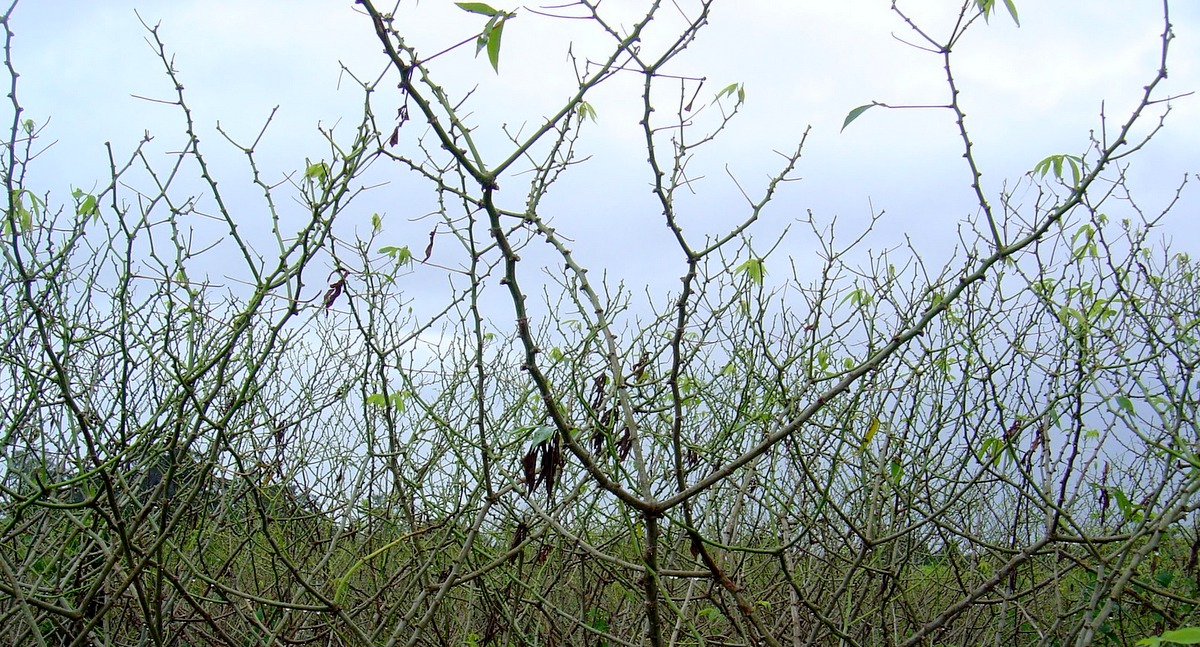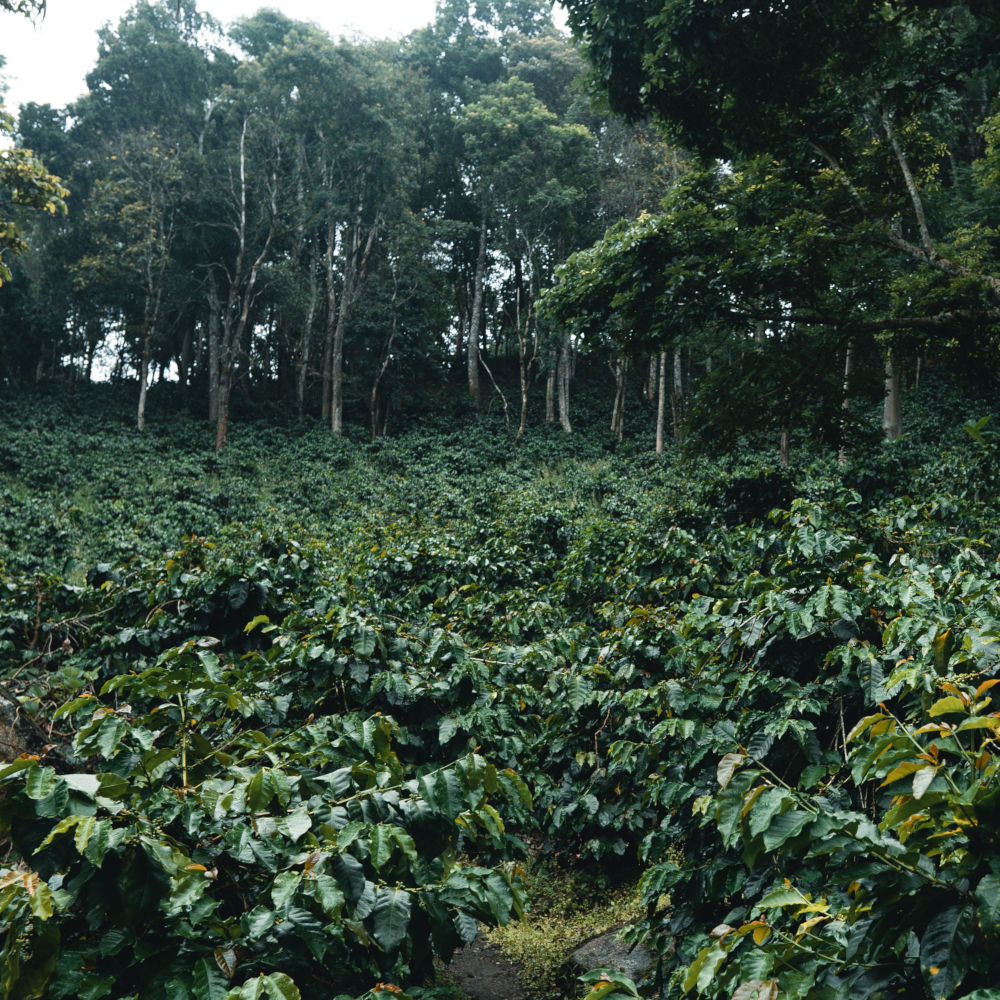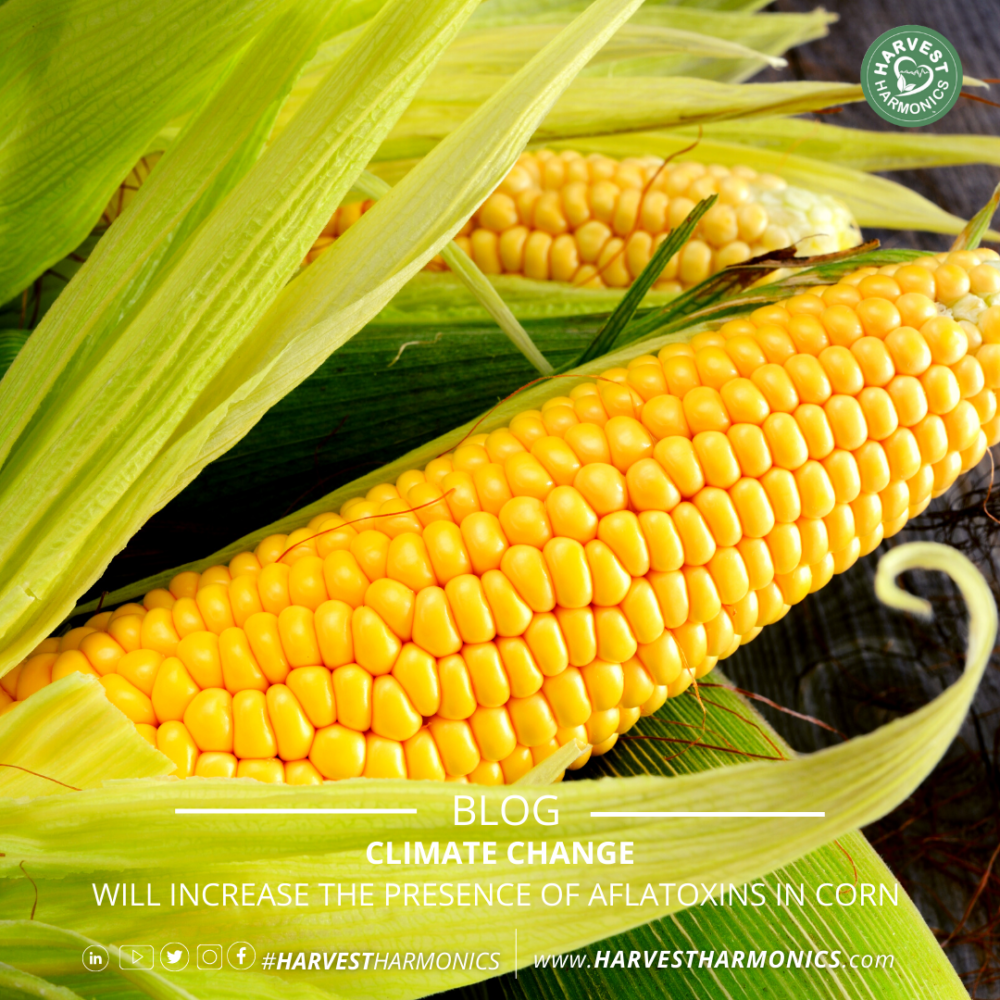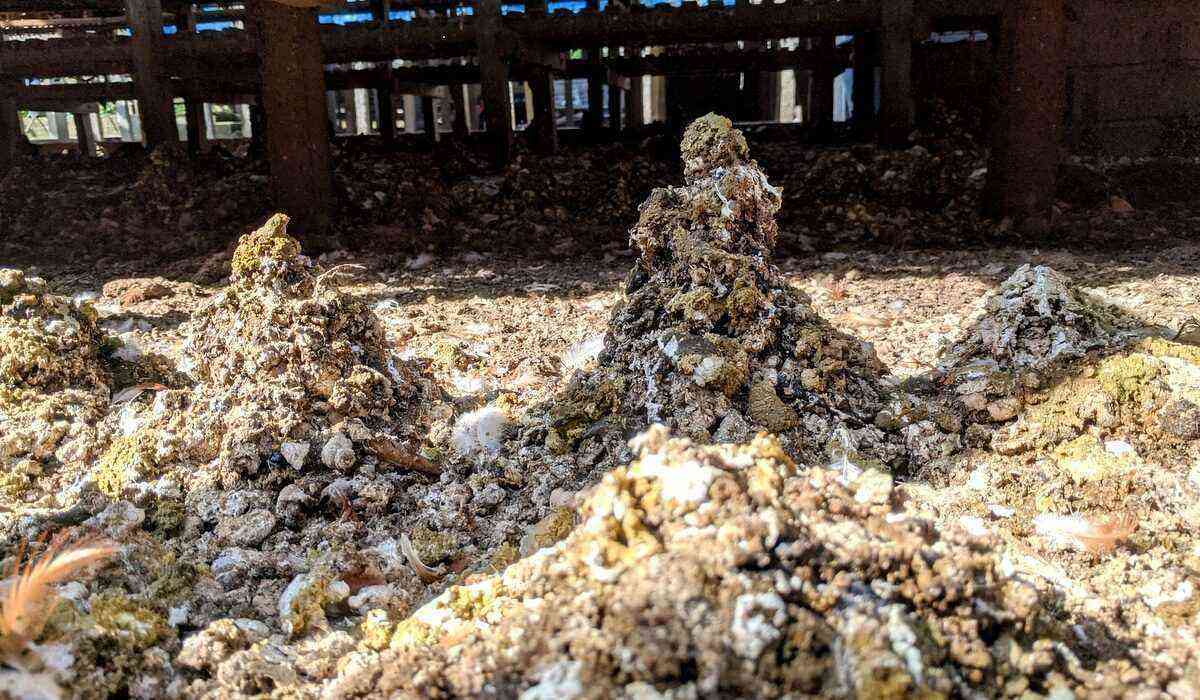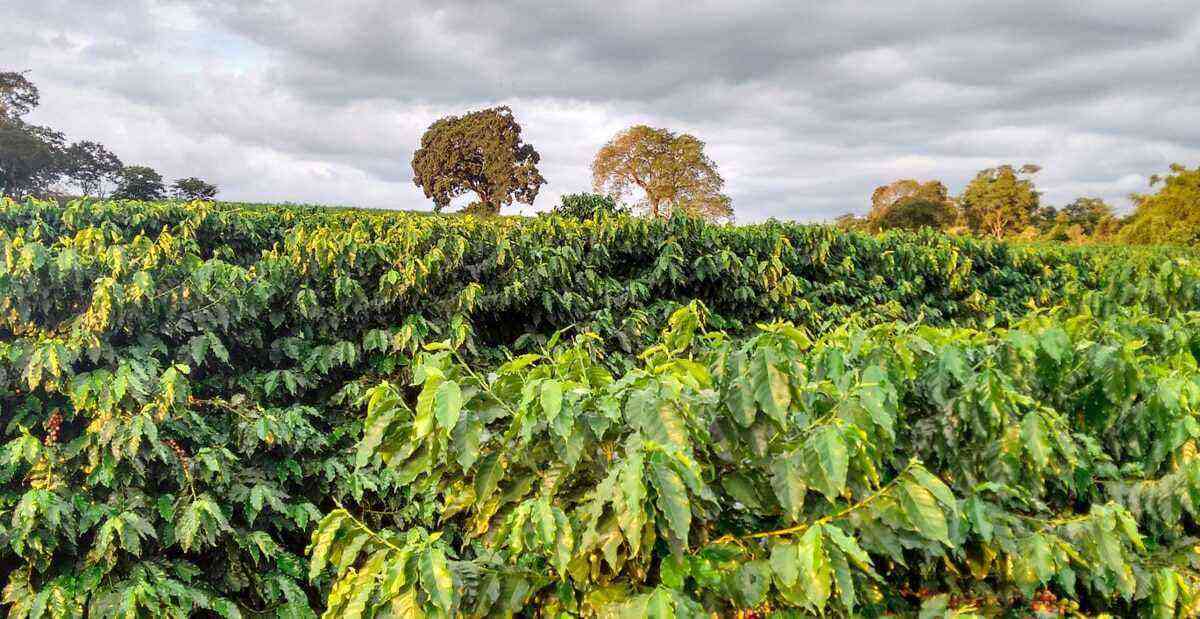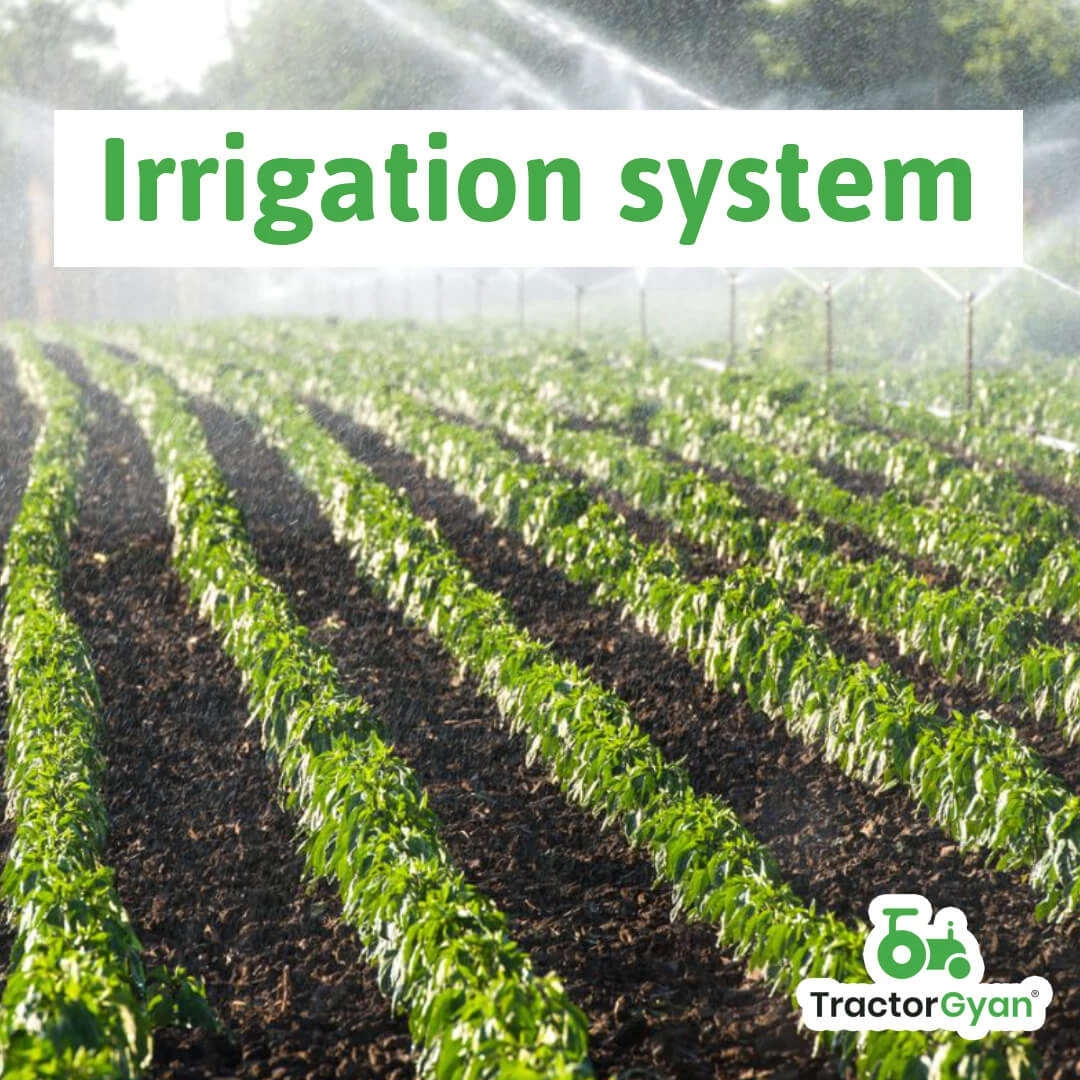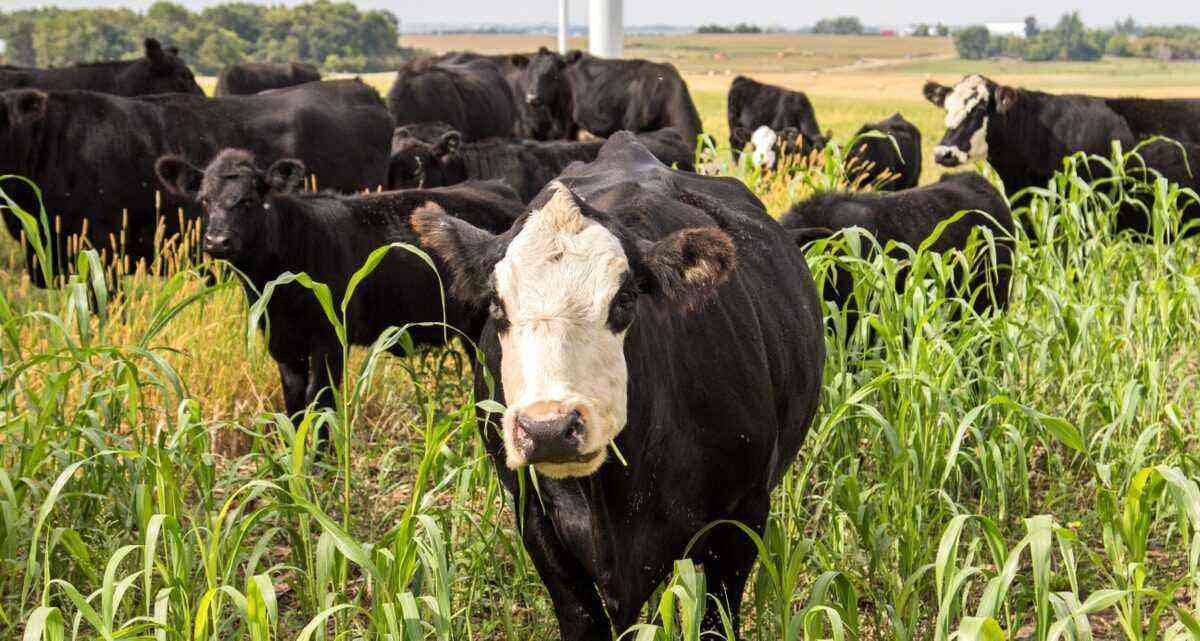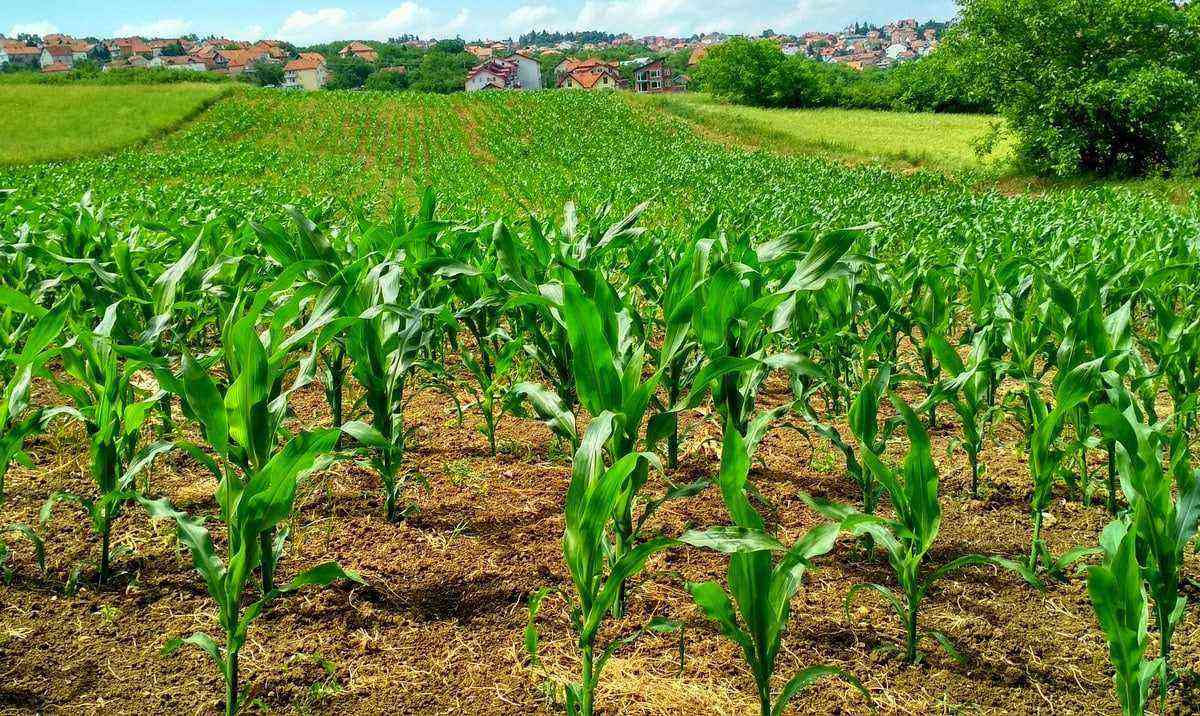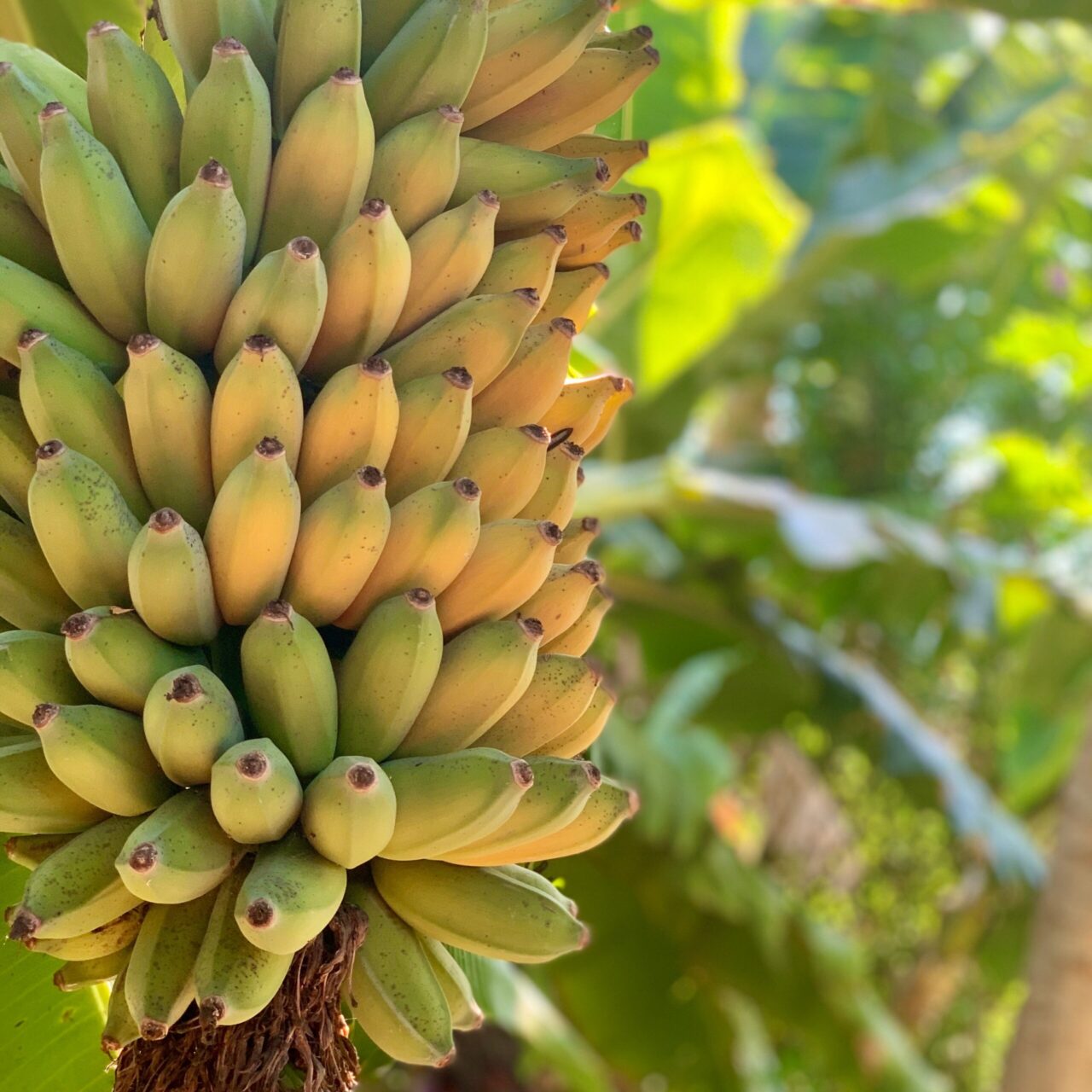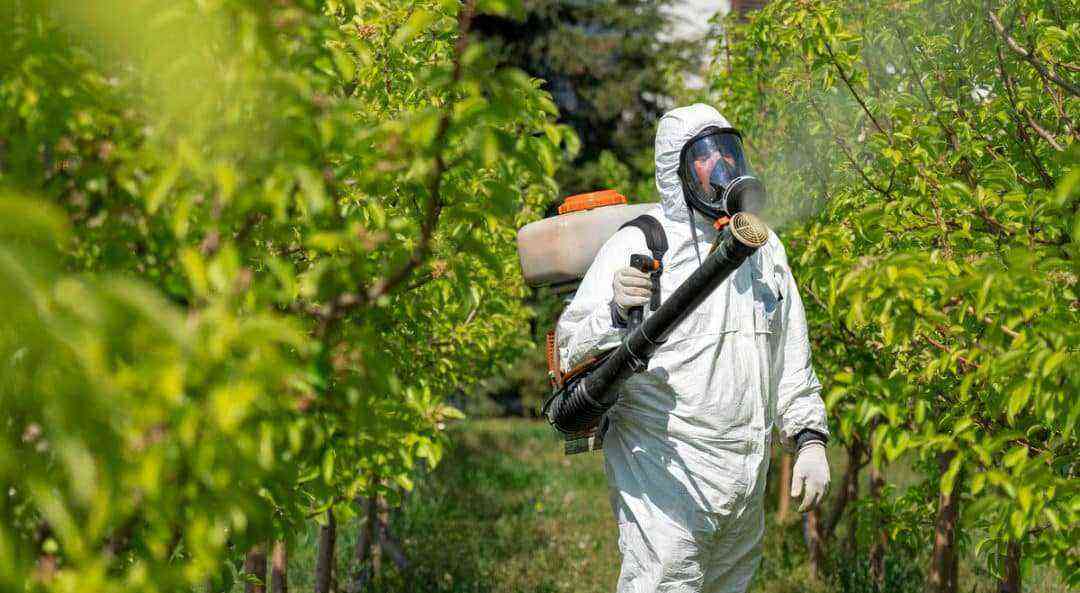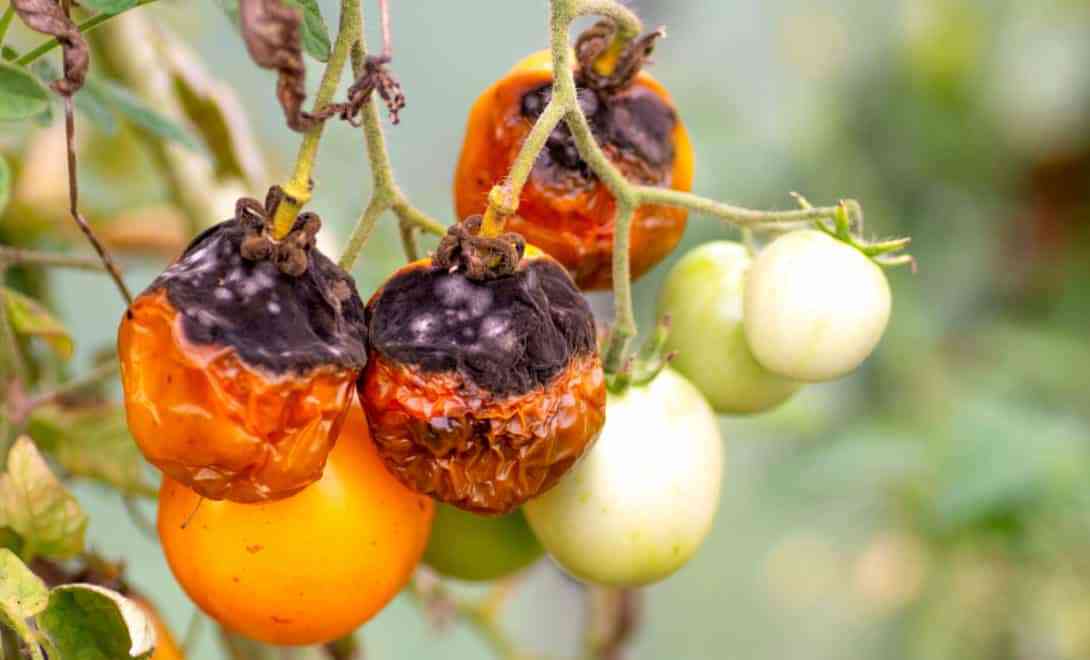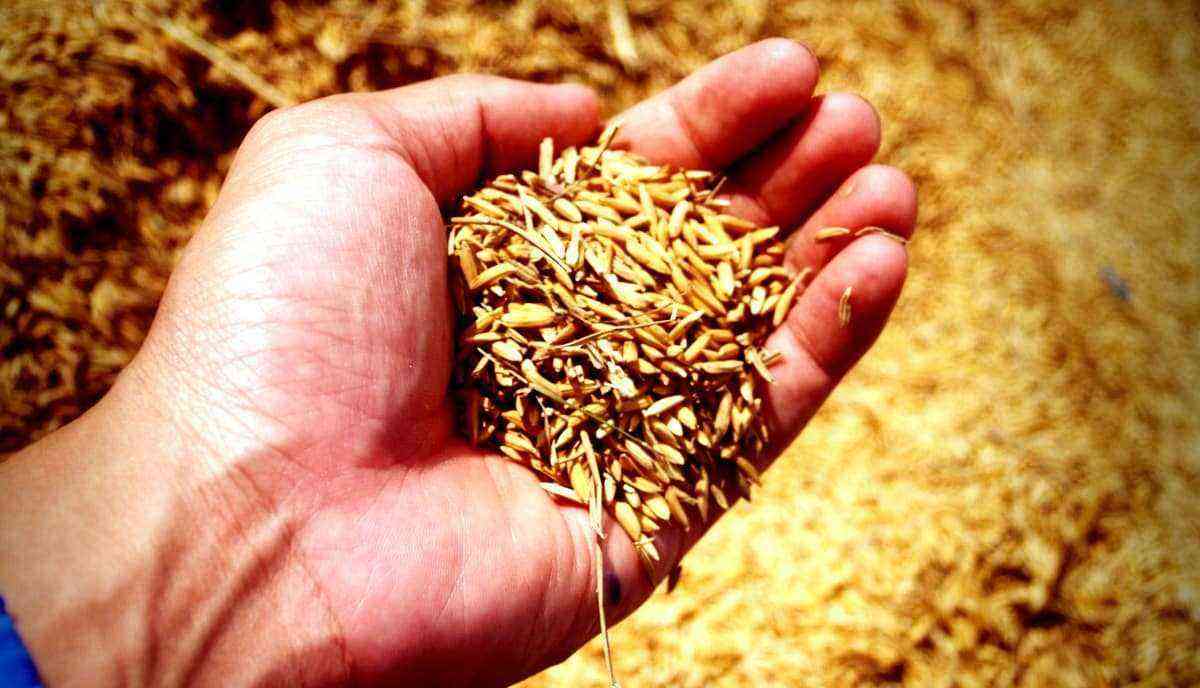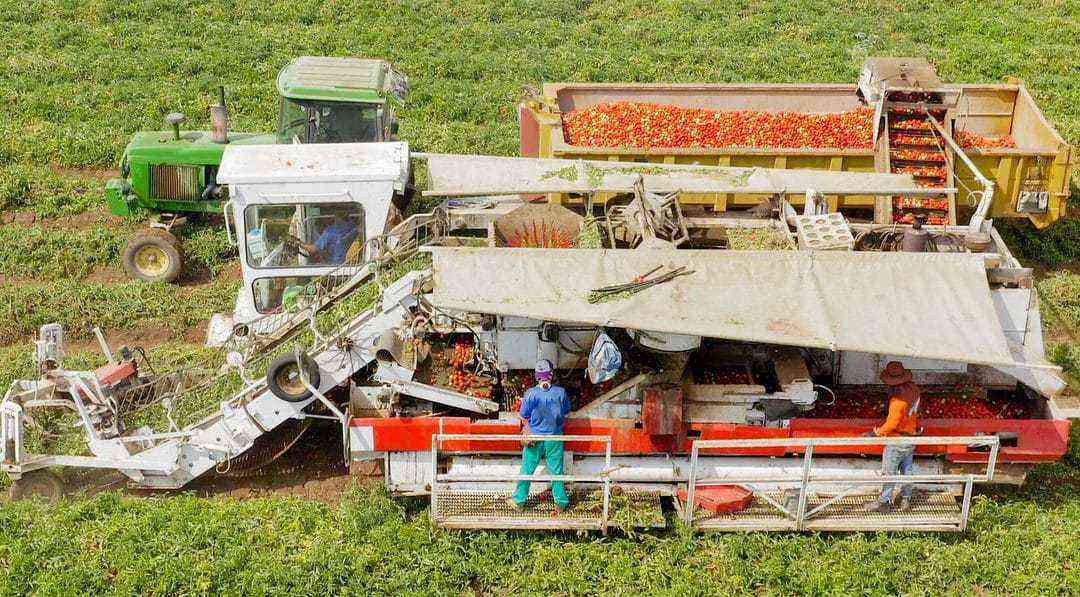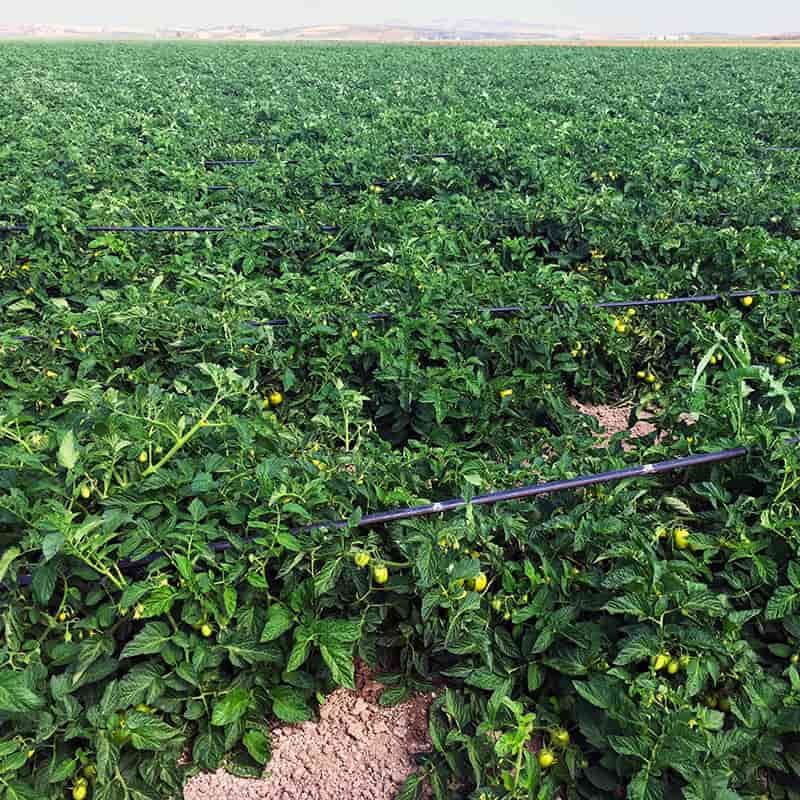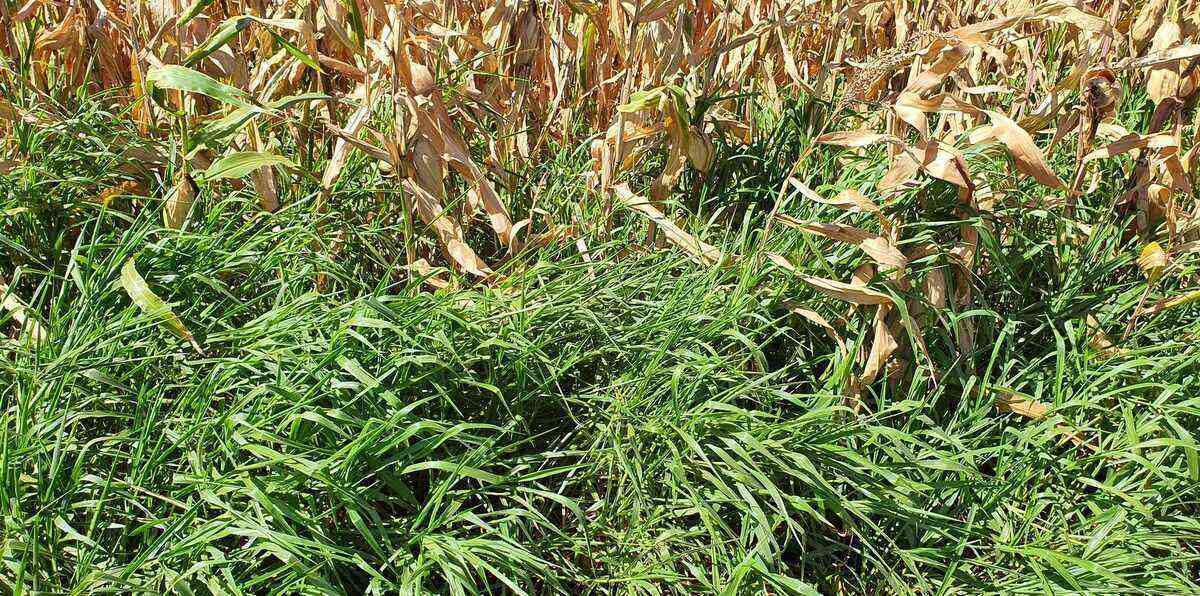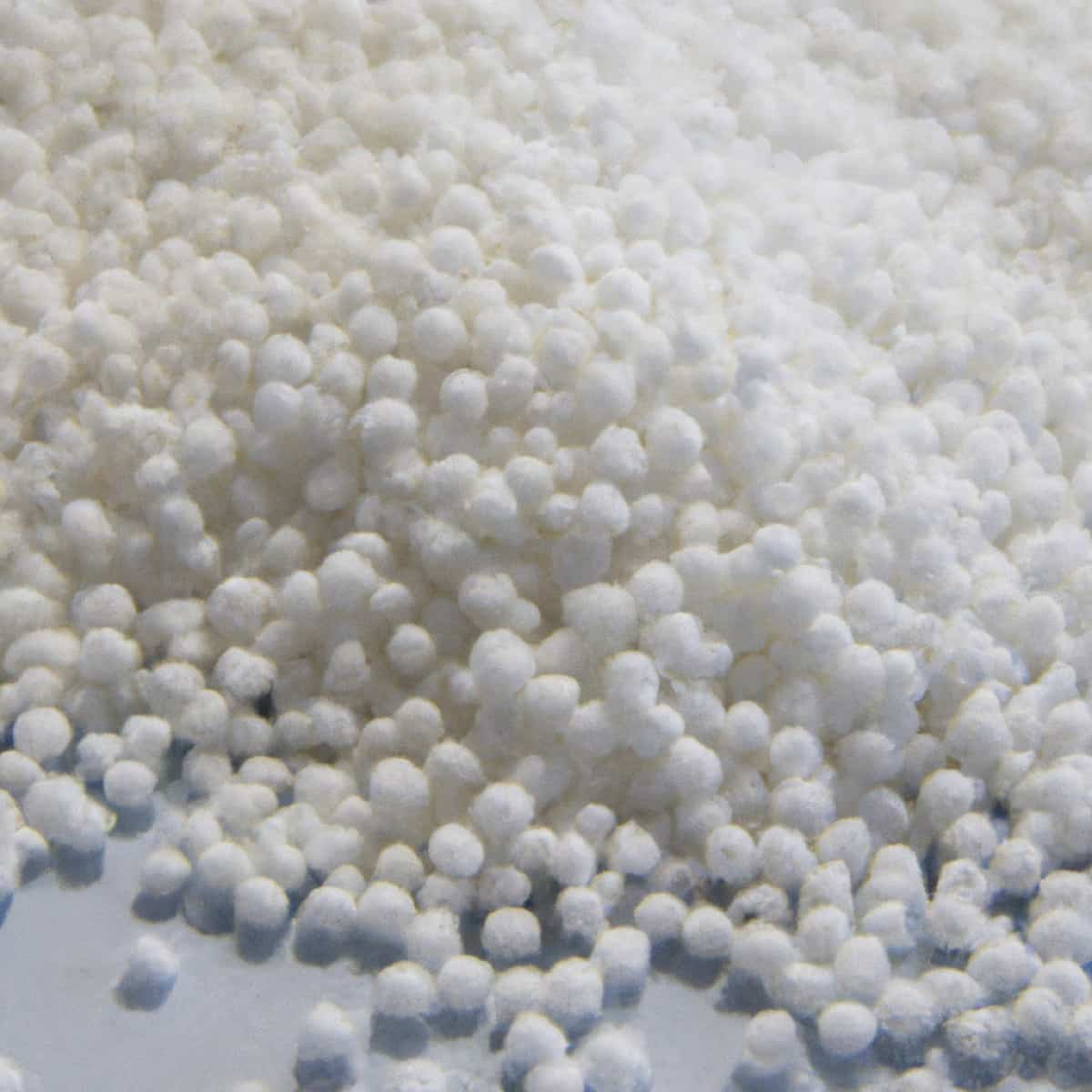The cassava mandarová (Erinnyis ello) is one of the pests that need attention from producers, mainly due to the high capacity of consuming the leaves of the plants, even in the last larval stages.
This caterpillar is one of the most dangerous pests in the cassava crop because it causes severe defoliation, which can drastically reduce productivity and cause the death of young plants.
In this article, we will show the damage caused by the cassava mandarová and mainly the ways to control and combat this pest. Check out!
Characteristics of the mandarová caterpillar
According to studies by Embrapa, there is evidence that the mandarová is a pest insect originating in Brazil. This caterpillar can feed on more than 35 species of plants.
It is a sporadic pest, that is, it occurs at certain times of the year, but it is at the beginning of the rainy or dry season that it is quite active.
The mandarová caterpillar goes through five stages of development and can measure between 2 and 12 centimeters. Photo: Eng. Agrº. Pedro Arruda Campos/IDAF/AC.
At the beginning of the manifestation of the mandarová caterpillar, it is almost not visible, due to its very small size and the coloration similar to the leaves. During the development period, they can consume, on average, 1.107 cm² of leaf area.
The mandarová caterpillar is considered the main pest of the cassava crop because, as mentioned at the beginning of the text, it has a high capacity for foliar consumption, especially in the last stages of its life cycle, before adulthood.
Its control is very important because Brazil is the third largest producer of cassava and is in increasing expansion. As it is a rustic plant, it adapts to different soils and climates, being cultivated in all regions, for different purposes.
Damage caused by the caterpillar
The mandarová caterpillar, when it attacks young cassava plants (two to five months), causes greater losses compared to older plants (six to 10 months). In addition, the lesions and injuries caused by this caterpillar facilitate the penetration of diseases into the plant.
The mandarová caterpillar feeds on the leaves that the plant will use to carry out photosynthesis to develop. In a few days this pest can wipe out the entire plantation. Photo: Eng. Agrº. Pedro Arruda Campos/IDAF/AC.
Often, the defoliation caused by mandarová in cassava crops is not enough to cause economic damage, due to the plants’ ability to compensate for the momentary lack of leaves.
However, according to Embrapa technicians, outbreaks during the 1990s caused productivity losses estimated at around 50% to 60%.
How to eliminate the mandarová caterpillar
Invasive plants existing in plantations or in the vicinity of these crops serve as hosts for the pest. Therefore, they need to be eliminated.
With the practice of plowing the area, the pupae are buried deep, while those that remain on the surface are exposed to the sun’s rays and also end up being eliminated.
Even with natural enemies, the control of the mandarová caterpillar is done in a biological way. Photo: Hyperscience.
The mandarová caterpillar also has natural enemies. One of the most important are the wasps that seek to feed their young in the nest, and therefore help in this way to control the pest.
They are, therefore, important allies of cassava producers in the fight against mandarová, so their nest must not be knocked down or burned.
In case of continuous attacks, a crop rotation is recommended, since, when the most prolific host disappears, the pest decreases. Periodic inspection of crops, identifying the initial outbreaks, is an efficient method of control.
Biological control
The biological insecticide based on Bacillus thuringiensis has shown great efficiency in controlling the mandarová caterpillar, especially if applied to caterpillars with a size between 5 mm and 3,5 cm, that is, in the first and third instars.
Another biological agent of great efficiency in controlling this pest is Baculovirus erinnyis, a virus that attacks this caterpillar.
Control should be done when five to seven small caterpillars are found per plant. Although this number of caterpillars per plant is flexible. Everything will depend on the stage of development and vigor of the plants, cultivation and environmental conditions.
As the mandarová caterpillar appears through the eggs of the moth, in the video below Here’s how you can set up a trap to catch these butterflies:
Source: Rio Grande Rural.
By the way, speaking of caterpillars that attack crops, check out the main corn pests and how they attack.

